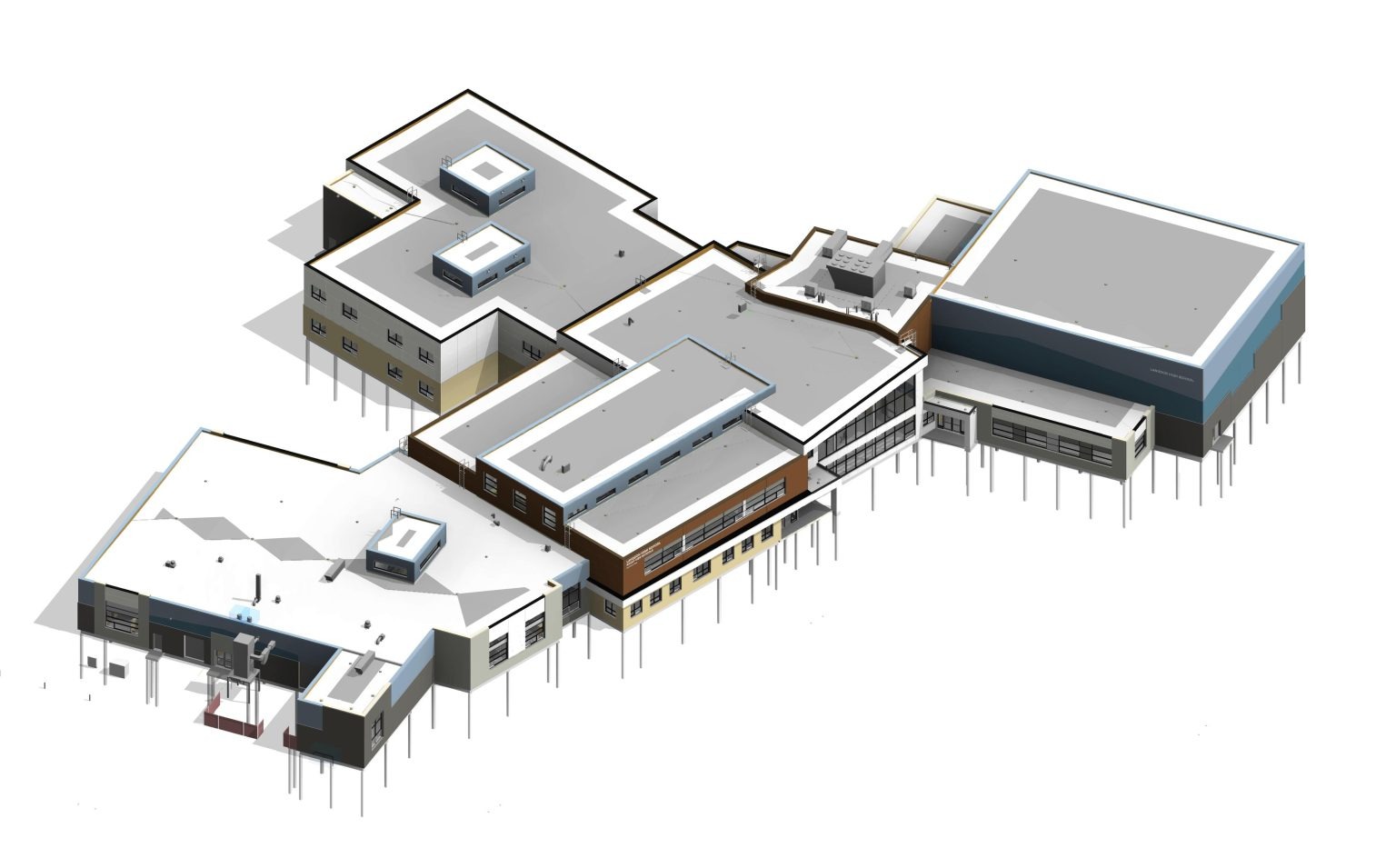
Table of Contents
How the Scan to BIM Process Works in Practice
Scan to BIM is a modern construction workflow that turns laser-scanned, point-cloud data into high-fidelity Building Information Models. It equips architects, engineers, and construction teams with rich, actionable 3D representations that mirror real-world conditions. Instead of relying on outdated blueprints, professionals base their decisions on accurate, data-loaded models—a shift that keeps projects aligned from foundation to finish.
The journey begins with capturing a site’s geometry using 3D laser scanners—these may be handheld, tripod-mounted, or even drone-based. The result is a dense point cloud made of millions of precise XYZ coordinates.
Next, that raw spatial data is cleaned—noise and outliers are removed, and geometric clarity is enhanced. From there, skilled modelers trace or automate extraction of building elements, translating them into BIM software like Revit or IFC-compliant platforms.
Why Scan to BIM Matters for Your Projects
Unmatched Accuracy
Laser scanners can achieve millimeter-level precision, giving teams confidence that digital models reflect real spaces down to the smallest detail.
Faster Turnaround
Scanning up to 100,000 square feet per day and processing on cloud platforms means quick access to usable BIM data—no waiting around for manual surveys.
Ideal for Renovations and Historical Work
For repurposing or preserving structures with limited documentation, scan to BIM offers a visual and data-rich foundation to work from.
Tackling Common Questions: Audience Insights
People often ask how to verify authenticity in scan-to-BIM work. Industry professionals stress the importance of delivering in defined Levels of Detail (LOD) and clean Revit files—not just raw point clouds.
Another frequent query: Can scan to BIM catch conflicts? Absolutely—when correctly modeled, these BIM files enable accurate clash detection among structural, MEP, and architectural components.
Best Practices for Scan to BIM Execution
Clear Project Objectives
Define your required LOD and accuracy thresholds before you begin. That shapes the scanning density, equipment choice, and post-processing rigor.
Skilled Cleanup
Automated tools help, but manual oversight remains essential—especially to remove reflections or unexpected artifacts captured during scanning.
Leverage Advanced Tools
Emerging technology can automate point cloud conversion into IFC models quickly and at scale. AI-assisted systems can even predict modeling operations, streamlining an architect’s workflow.
Why Varminect Stands Out in Scan to BIM Services
Varminect understands that clients value clarity, speed, and trust. Here’s how you can highlight that:
- Detail-Focused Accuracy: Commitment to millimeter-level precision and LOD-driven deliverables.
- Streamlined Process: Expertise in both capture and cleanup, ensuring clients receive ready-to-use BIM models.
- Innovative Tools: Use of automation and AI-enhanced workflows to improve efficiency and cut costs.
- Client Collaboration: A friendly, knowledgeable approach that addresses real-world challenges like tight schedules and facility constraints.
The Future is Built in 3D
In today’s fast-paced construction landscape, “scan to BIM” isn’t an optional add-on—it’s a core capability. It brings digital precision, speeds coordination, and lays a data-rich foundation for projects across their lifecycle. By writing with authenticity, empathy, and clarity, Varminect can speak directly to clients who want real-world confidence in every millimeter.
To Learn More https://www.varminect.com/scan-to-bim-modelling/ Or Call Us On 190-834-47855
